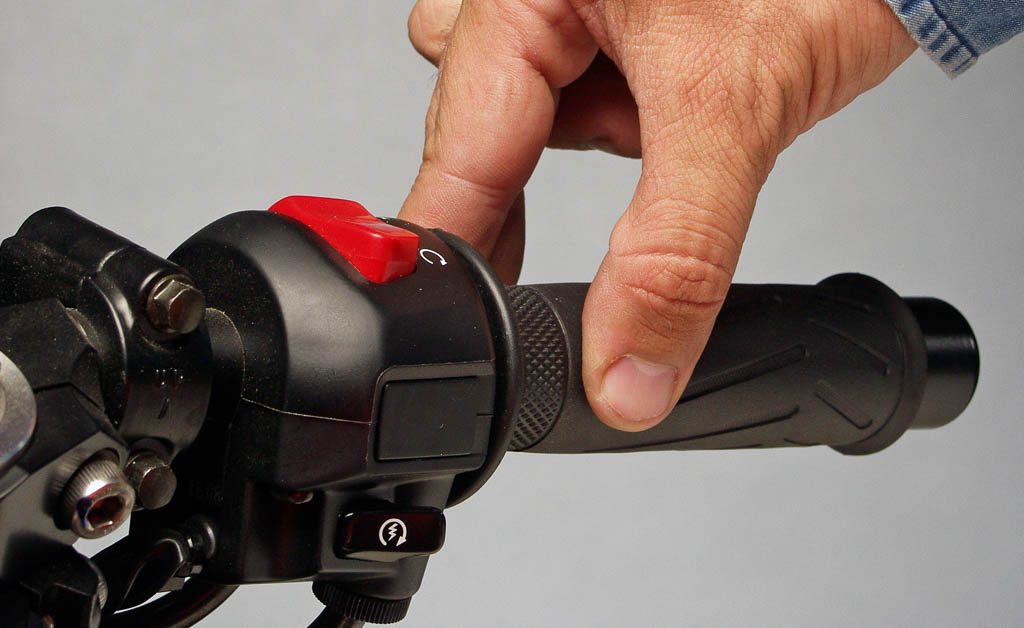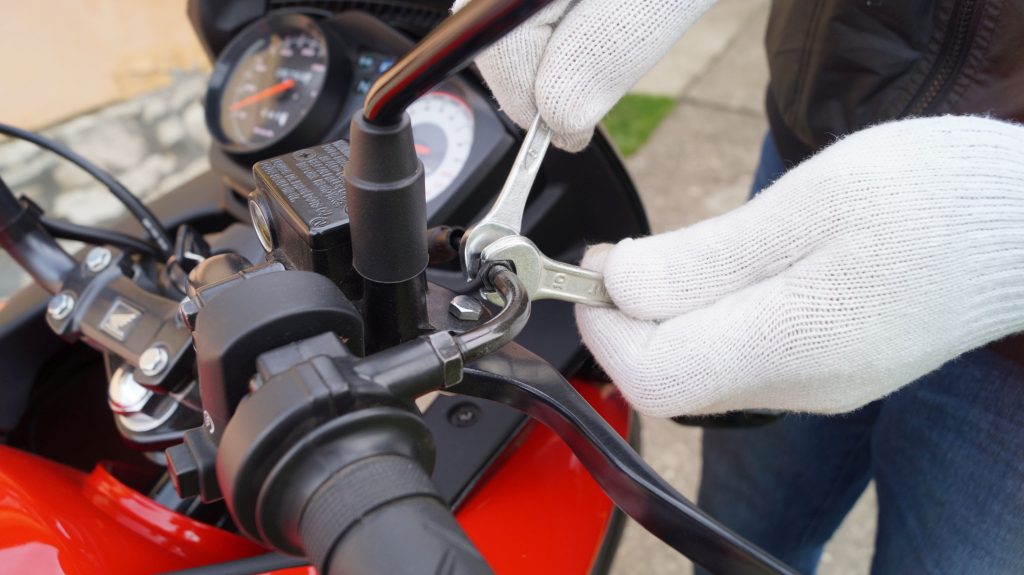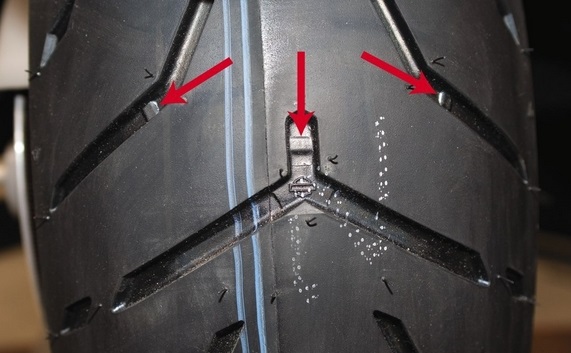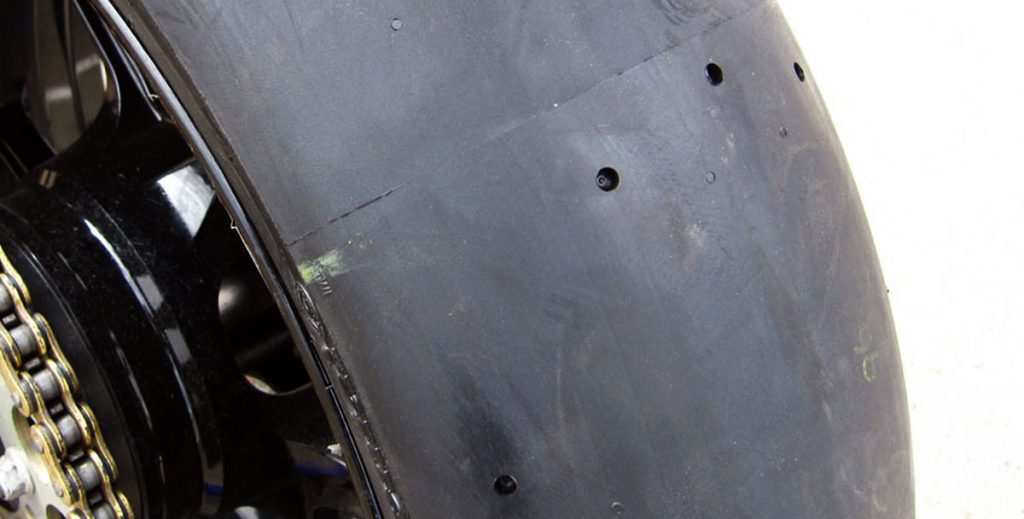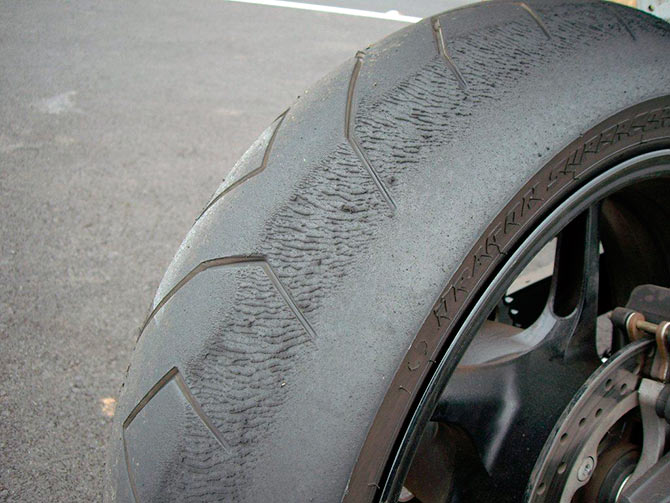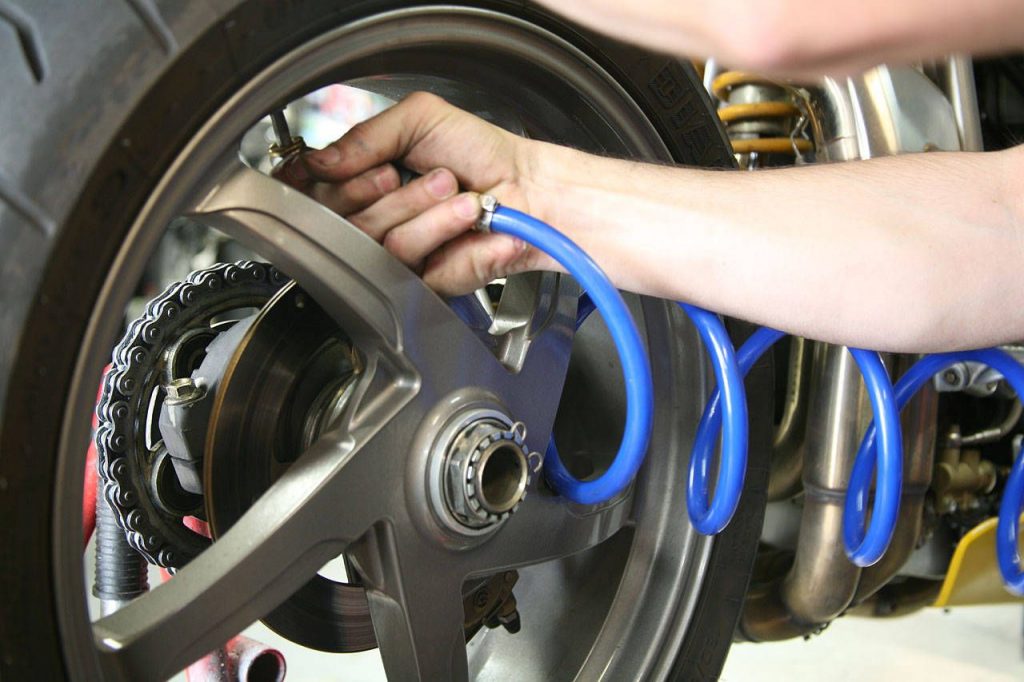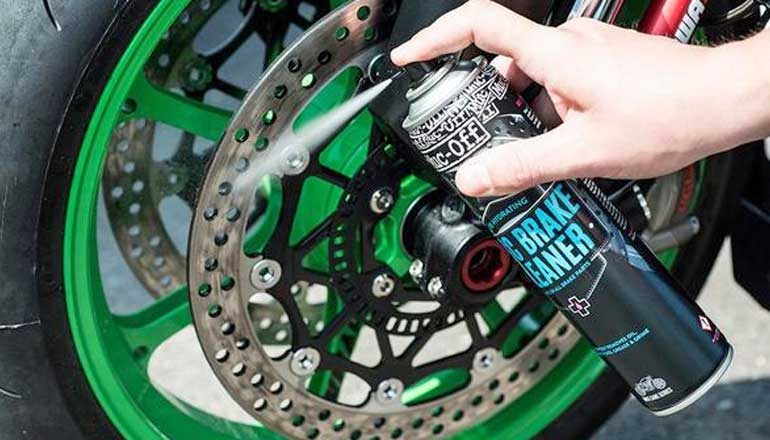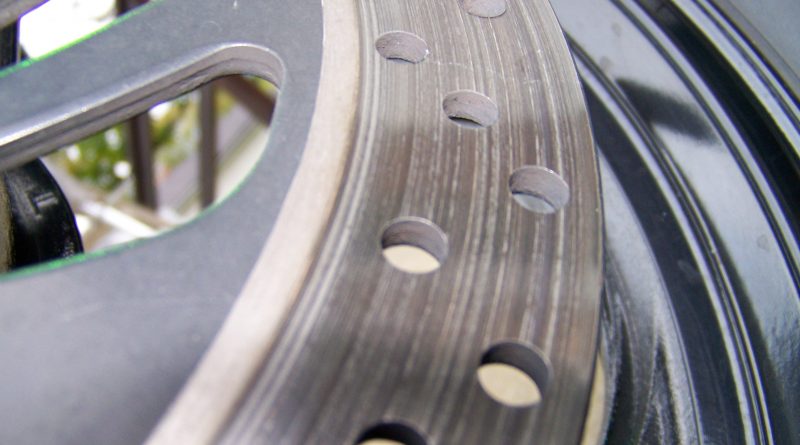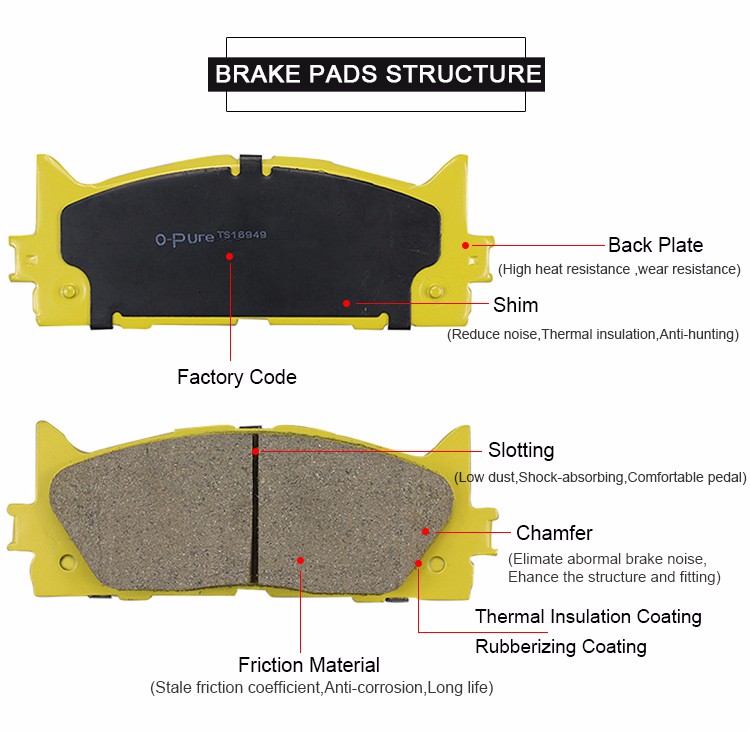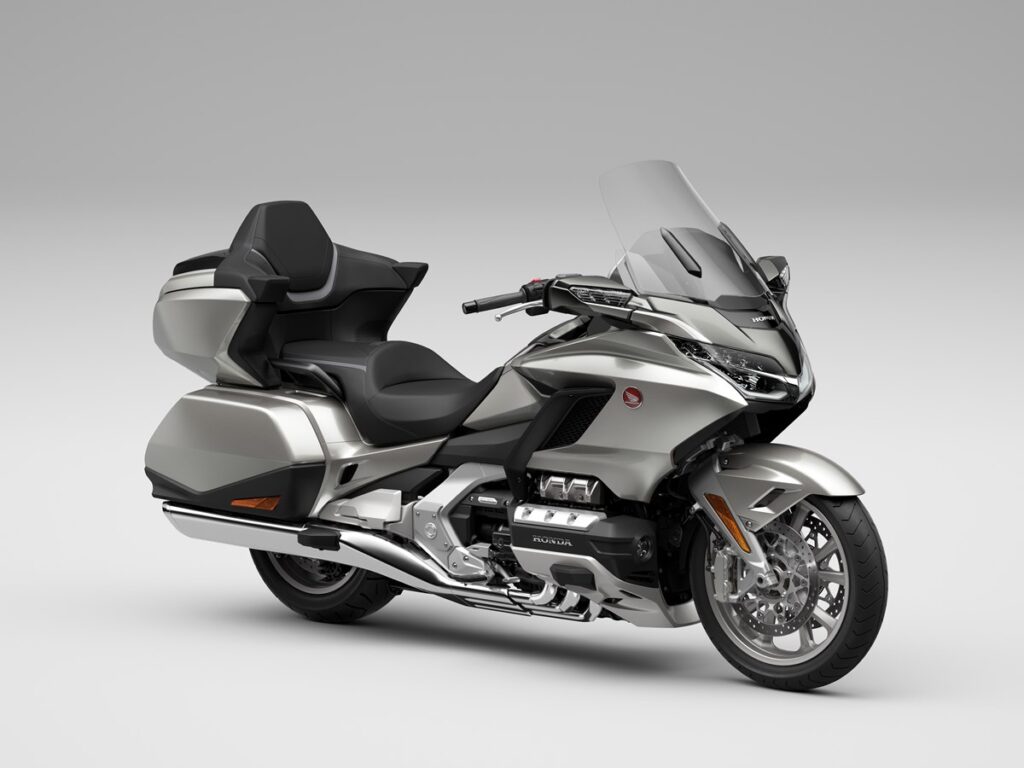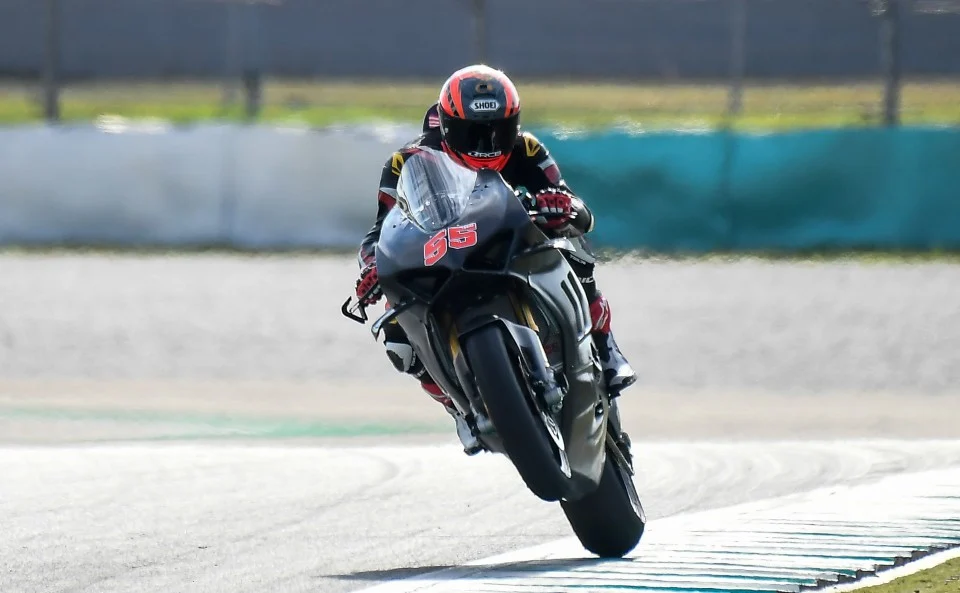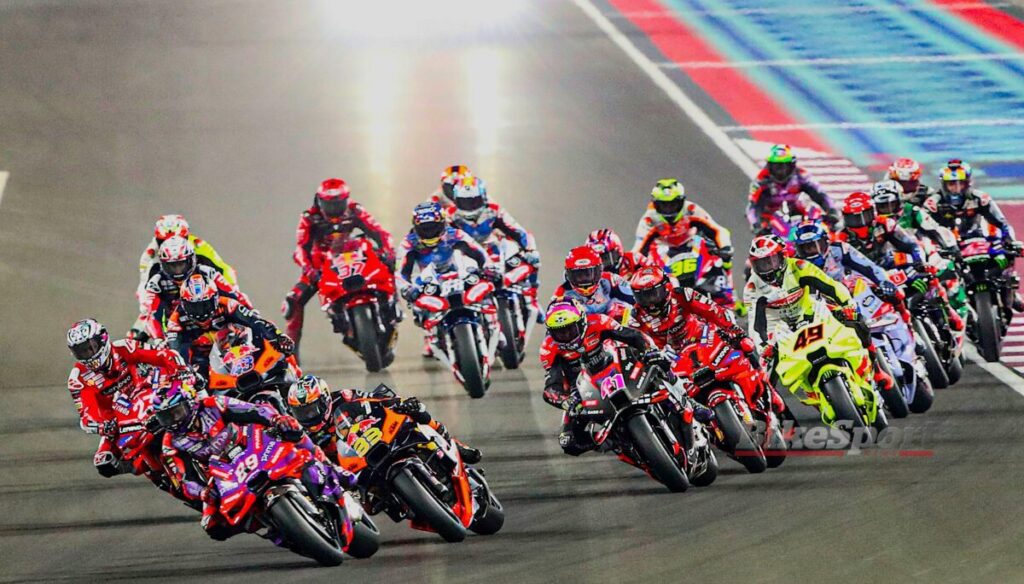-
The throttle grip should have some free-play before the initial reaction.
-
Failure to adjust the throttle’s free-play could result in dire consequences.
-
Here “Foreman” Oh answers about throttle free-play.
In this fifth instalment of TechTOC, “Foreman” Oh Kah Beng (KB) answers the question about throttle free-play and initial action.
Please keep sending in your questions and KB will answer them. You may enquire anything about motorcycles. The best question wins a complimentary session at Most Fun Gym (MFG) worth RM300.
QUESTION:
I need to twist my throttle a lot before there is any reaction, why is this so and is there any way I can fix it?
– Wan MT-09, Alor Setar, Kedah
ANSWER:
It’s quite normal to have some free-play on the throttle twist grip to compensate for throttle cable stretching. The free-play eases multiple steering manoeuvres at walking speeds, such as to move bike in tight parking spots or tight turns.
However, there is a tolerance for the amount of free-play . The general tolerance , for non-ride-by-wire bikes, is 3 to 5 MM of outer cable movement with the steering pointing straight and there should be still some tiny free play when handle bar is steered to maximum anti-clockwise (left) as this when cable is most stretched. If it’s too tight the bike will accelerate unexpectedly and cause panicky situations, as turning to one side will pull the on the cable. Chances are you could end up dropping the bike.
The method of adjusting the throttle free-play is quite universal for all bikes albeit with some specific variations, so refer to your Owner’s Manual.
Keep sending in your questions to me at TechTOC with Foreman Oh to stand the chance of receiving a complimentary session at Most Fun Gym.
You may follow us at Most Fun Gym – MFG through our Facebook page.
Please visit the TOC Automotive College Facebook page or their campus (map below) or call call (+603) 7960 8833 for more information. Likewise, you can find more information about the TOC Bina Bakat Program here, or email info@toc.edu.my. Please click on this link for further information on the TOC Superbike Technician Course.
Please click on the links below for the previous editions of TechTOC with Foreman Oh.
Engine operating temperature https://www.bikesrepublic.com/featured/techtoc-technical-answers-foreman-oh-kah-beng/
Motorcycle suspension https://www.bikesrepublic.com/featured/techtoc-foreman-oh-answers-suspension/
Squealing disc brakes https://www.bikesrepublic.com/featured/techtoc-foreman-oh-squealing-disc-brakes/
When to replace tyres https://www.bikesrepublic.com/featured/techtoc-foreman-oh-replace-tyre/



